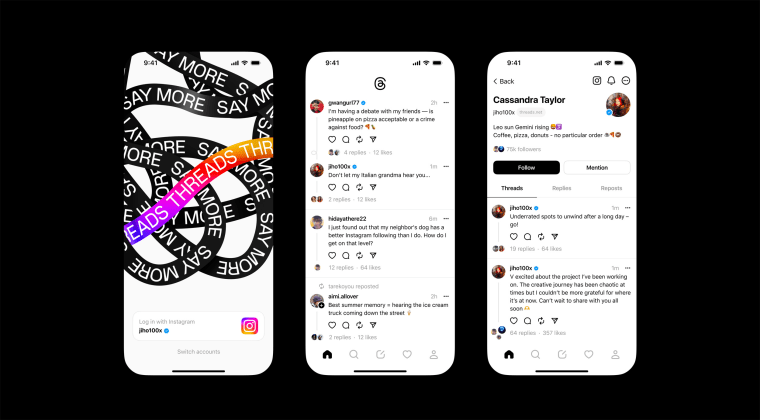10 Best Practices for Managing Your Brand’s Online Reputation
Managing your brand’s online reputation is crucial in today’s digital age. A strong online reputation can help build trust, attract new customers, and retain existing ones. Here are some best practices for effectively managing your brand’s online presence:
1. Monitor Your Online Presence
Regular Monitoring: Use tools like Google Alerts, Mention, or Hootsuite to keep track of your brand mentions across various platforms. Regularly monitor social media, review sites, and industry forums to stay updated on what is being said about your brand.
Sentiment Analysis: Utilize sentiment analysis tools to gauge public perception and identify potential issues before they escalate. Understanding the general sentiment towards your brand can help you proactively manage your reputation.
2. Engage with Your Audience
Respond Promptly: Address customer feedback promptly, whether positive or negative. Timely responses show that you value customer opinions and are committed to providing excellent service.
Personalized Responses: Craft personalized responses rather than generic replies. This adds a human touch and shows genuine concern, making customers feel heard and appreciated.
3. Encourage Positive Reviews
Ask for Feedback: Encourage satisfied customers to leave positive reviews on platforms like Google, Yelp, and Trustpilot. Make the process simple and accessible by providing direct links or reminders. According to Podium, 93% of consumers say online reviews impact their purchasing decisions.
Show Appreciation: Thank customers who leave positive reviews. This not only shows appreciation but also encourages further positive engagement. Publicly acknowledging positive feedback can also attract potential customers.
4. Address Negative Feedback Professionally
Stay Calm and Professional: Respond to negative feedback professionally and empathetically. Avoid getting defensive and strive to resolve issues amicably. A well-handled negative review can turn a dissatisfied customer into a loyal one.
Take Conversations Offline: If a situation is complex, suggest moving the conversation to a private channel to resolve the issue more effectively. This can prevent public disputes and demonstrate your commitment to resolving customer concerns.
5. Create and Share Valuable Content
Content Marketing: Regularly publish high-quality content that showcases your expertise and provides value to your audience. This can include blog posts, videos, infographics, and more. Content marketing not only enhances your reputation but also improves your SEO.
SEO Optimization: Ensure your content is optimized for search engines to improve visibility and attract organic traffic. Use relevant keywords, meta tags, and high-quality backlinks to enhance your online presence.
6. Maintain Consistent Branding
Brand Voice and Tone: Maintain a consistent brand voice and tone across all platforms. This helps build a recognizable and trustworthy brand identity. Consistency in messaging reinforces your brand values and makes your communications more impactful.
Visual Identity: Ensure your logo, color schemes, and overall design are consistent across your website, social media, and other online platforms. A cohesive visual identity reinforces your brand’s professionalism and reliability.
7. Leverage Social Proof
Showcase Testimonials: Display customer testimonials and case studies on your website and social media. This builds credibility and trust, as potential customers are more likely to trust peer reviews over marketing messages. According to BrightLocal, 79% of consumers trust online reviews as much as personal recommendations.
Influencer Partnerships: Collaborate with influencers who align with your brand values. Their endorsements can significantly enhance your reputation and reach. Influencers can provide authentic reviews and help you tap into new audiences.
8. Regularly Audit Your Online Presence
Comprehensive Audits: Conduct regular audits of your online presence to identify any inconsistencies or areas for improvement. This includes reviewing your website, social media profiles, and online listings.
Update Information: Ensure that all business information, such as contact details and operating hours, is accurate and up-to-date across all platforms. Inaccurate information can frustrate customers and damage your reputation.
9. Implement Crisis Management Strategies
Preparedness Plans: Develop a crisis management plan to address potential PR issues swiftly and effectively. This should include predefined responses and a communication strategy. Being prepared can help you mitigate damage and restore trust quickly.
Transparency: In a crisis, be transparent with your audience. Admit mistakes, outline corrective actions, and provide regular updates. Transparency can help rebuild trust and demonstrate your commitment to accountability.
10. Educate Your Team
Training Programs: Conduct regular training programs for your team on best practices for online reputation management and customer service. A well-informed team can better handle customer interactions and contribute to a positive brand image.
Empower Employees: Empower your employees to act as brand ambassadors, encouraging them to share positive experiences and content related to your brand. Employee advocacy can enhance your reach and credibility.
Conclusion
Managing your brand’s online reputation effectively requires a proactive approach and consistent efforts. By monitoring your online presence, engaging with your audience, and implementing these best practices, you can build and maintain a positive reputation that enhances customer trust and loyalty.
Your brand and company’s creativity speak to the world, which is why at Onimod Global, we understand the importance of online reputation management. We offer invaluable high-end design and branding for your business. Visual identity and marketing materials are our specialty.
Contact us today to enhance your brand’s presence, engage your audience, and elevate your business to new heights. Our team is ready to help you make a lasting impression.


